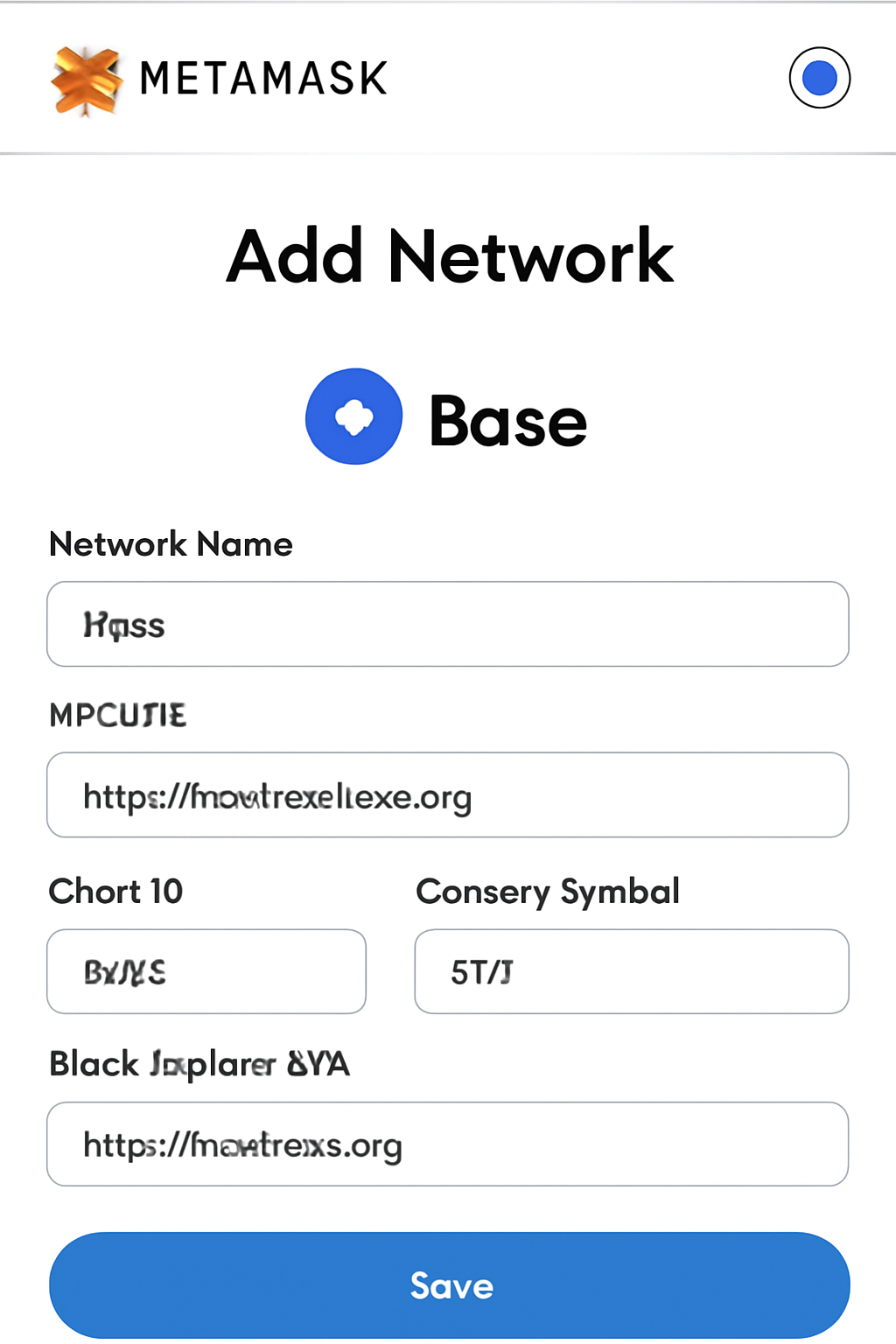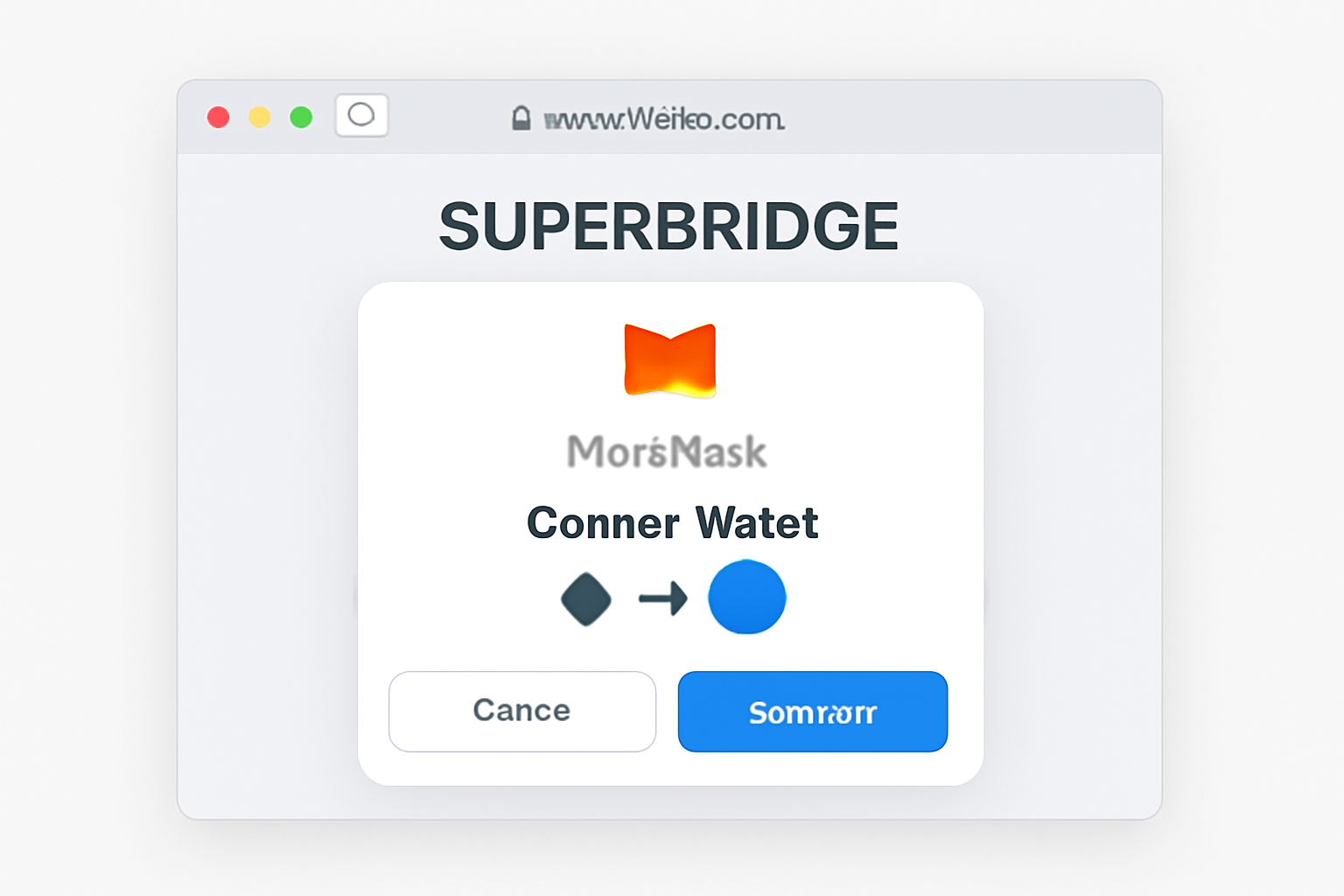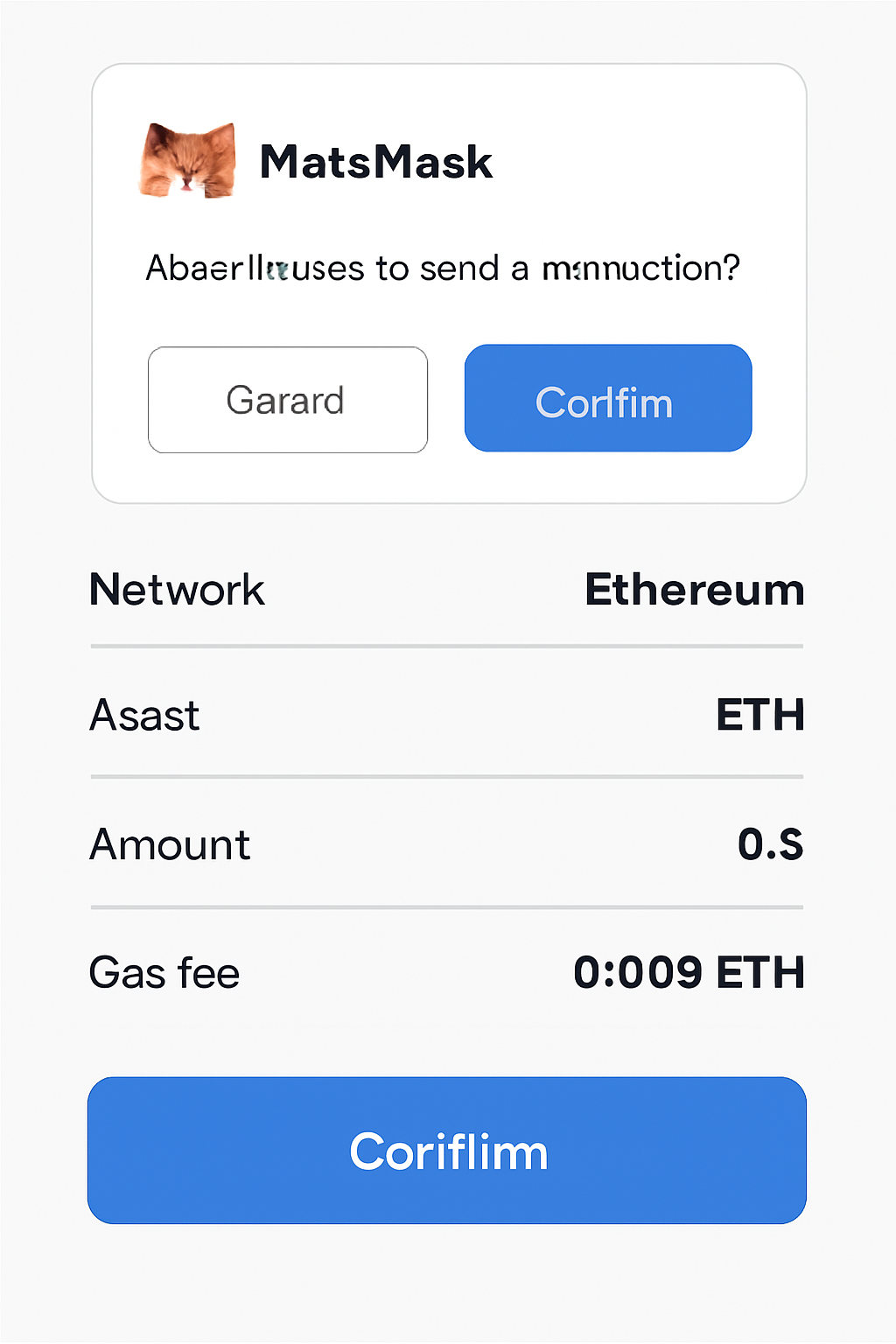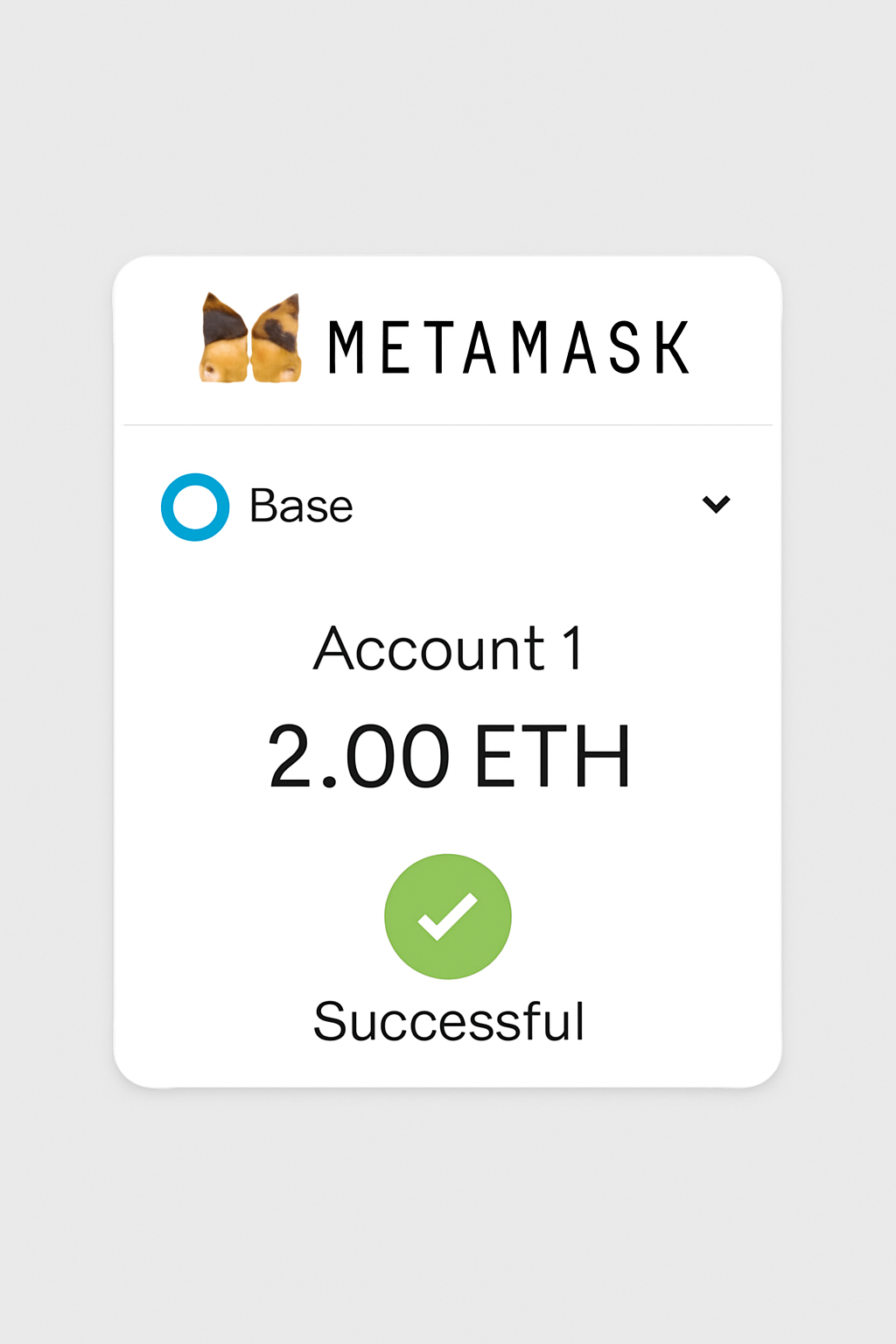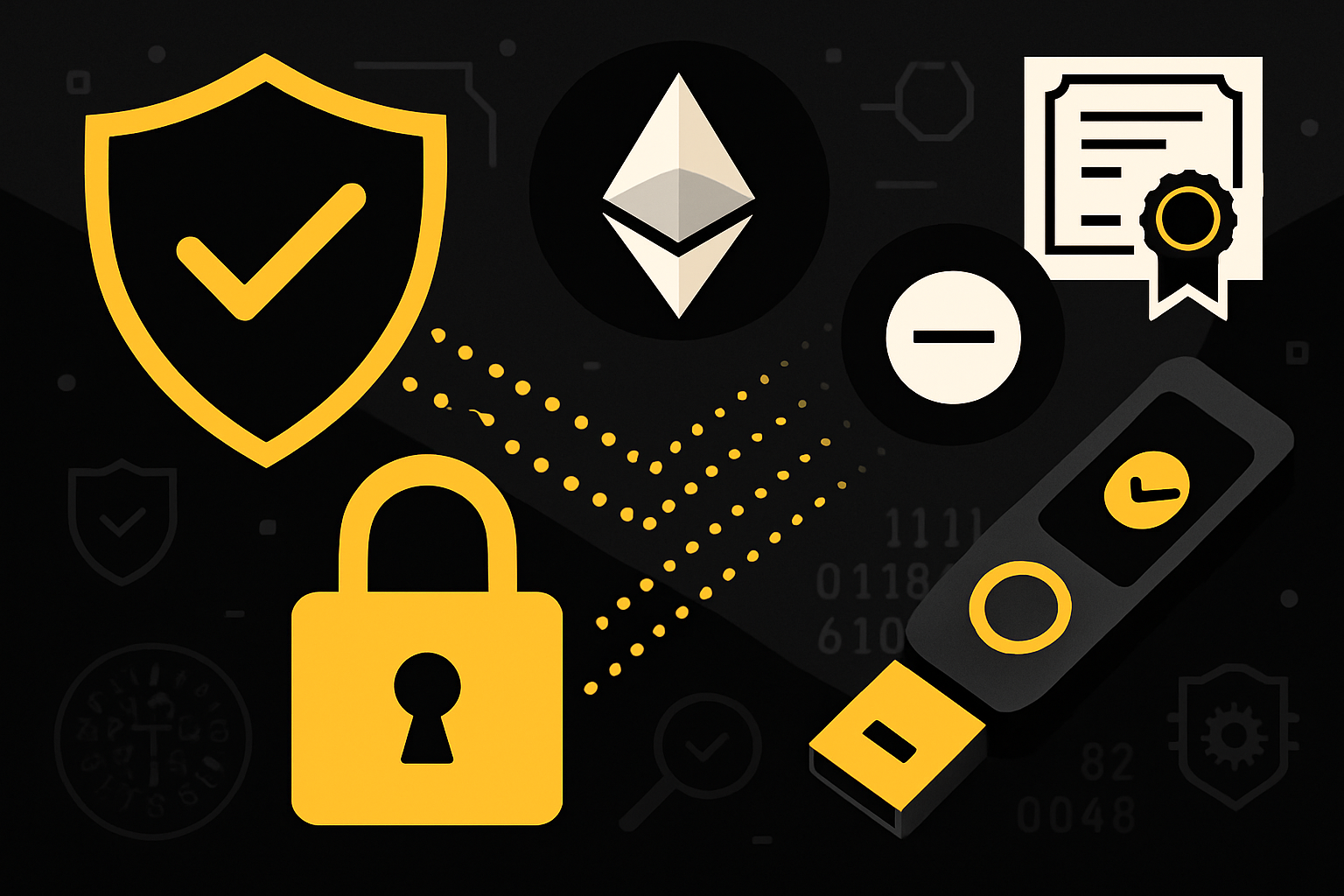
Bridging assets from Ethereum to Base has become a pivotal process for users seeking lower fees and faster transaction speeds, all while leveraging the security of Ethereum’s mainnet. As of November 7,2025, Ethereum (ETH) is trading at $3,322.61, a figure that underscores the importance of managing every transaction with precision and cost-awareness. This guide will walk you through the most reliable ways to bridge ETH and ERC-20 tokens to Base, Coinbase’s Layer 2 network, using current tools and best practices.
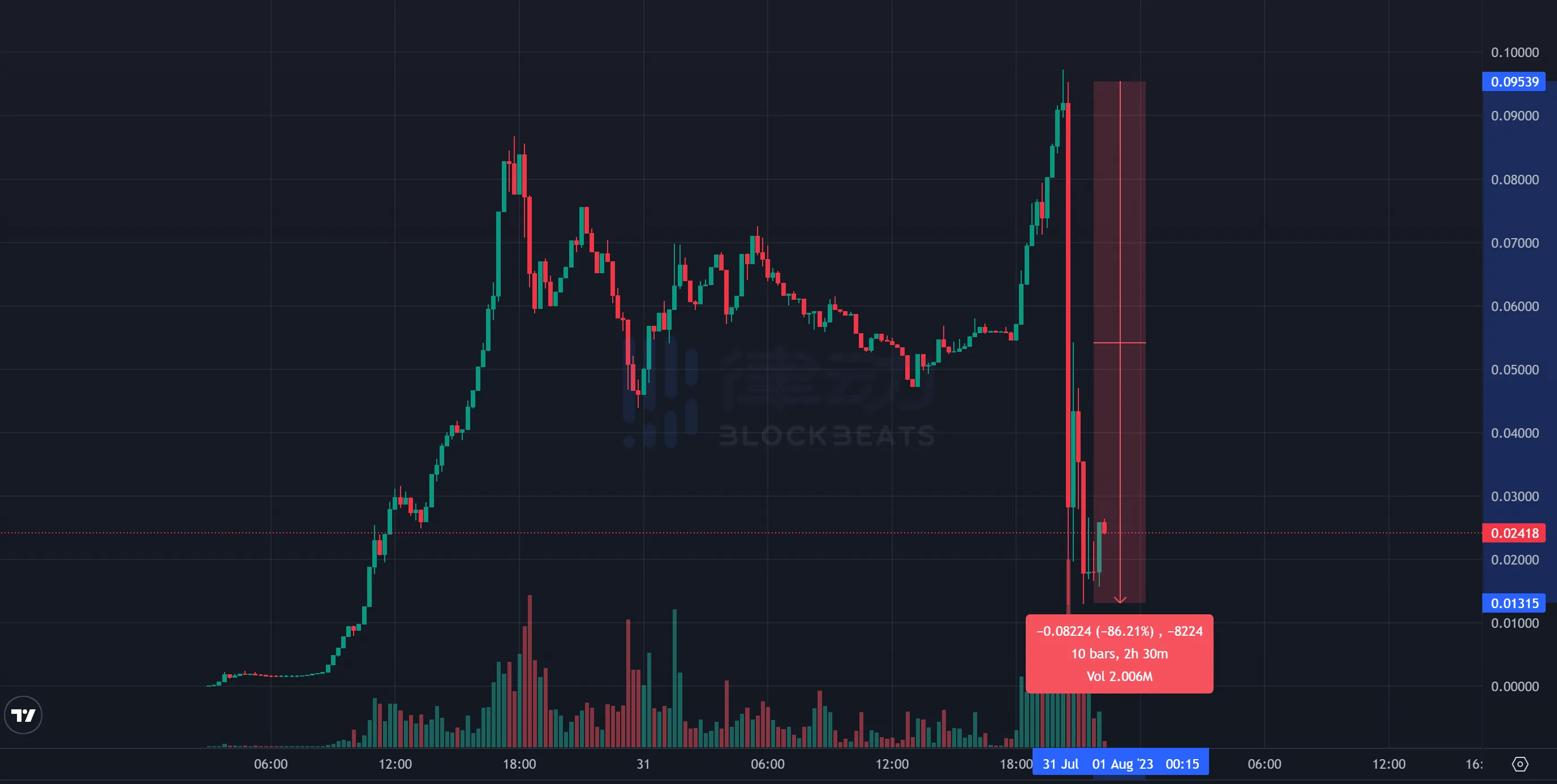
Why Move Assets to Base? Key Benefits in Today’s Market
The rapid adoption of Layer 2s like Base is driven by a combination of high gas costs on Ethereum and the need for scalable DeFi solutions. By bridging your ETH or tokens to Base, you gain access to:
- Lower transaction fees than on mainnet
- Faster settlement times, ideal for active traders or NFT minting
- Seamless access to new dApps building exclusively on Base
- The security guarantees of Ethereum’s L1 for your bridged assets
This migration is not just about cost savings; it’s about positioning yourself at the forefront of emerging ecosystems.
Preparing Your Wallet: The Foundation for Secure Bridging
The first step in any bridging operation is wallet preparation. MetaMask remains the industry standard due to its flexibility and broad support:
- Install MetaMask: Download the browser extension or mobile app if you haven’t already.
- Add ETH funds: Ensure your wallet contains enough ETH both for bridging (the amount you wish to transfer) and gas fees (which fluctuate with network demand).
- Add Base Network:
- The fastest way is via Chainlist. Connect your wallet, search for “Base, ” and add it with one click.
- If you prefer manual setup:
- Network Name: Base Mainnet
- New RPC URL: https://mainnet.base.org
- Chain ID: 8453
- Currency Symbol: ETH
- Block Explorer URL: https://basescan.org
This preparation phase is non-negotiable: skipping these steps can lead to failed transactions or even loss of funds.
Selecting a Bridge: Trusted Platforms in 2024-2025
Avoiding unreliable bridges is essential; use only reputable services with proven track records. The following platforms are widely recognized by both retail users and developers for their reliability when moving assets from Ethereum to Base:
- Superbridge: Intuitive UI, supports multiple tokens including ETH.
- ChainPort: Multi-chain support with robust security audits.
- deBridge Finance: Known for fast settlements and transparent fee structures.
If you are bridging less common ERC-20s or want advanced features like batch transfers, check each platform’s documentation before proceeding. Remember that bridging times can range from a few minutes up to an hour depending on network congestion.
Your Step-by-Step Bridge Process: From Wallet Setup to Asset Arrival on Base Chain
The core workflow is consistent across most bridges but always verify platform-specific instructions before confirming any transactions. Here’s what you should expect during a typical bridging session in late 2025:
- Initiate the Bridge: On your chosen bridging platform, connect your MetaMask wallet. Double-check you are on Ethereum mainnet before proceeding.
- Select Asset and Amount: Choose ETH or your preferred ERC-20 token. Enter the amount you wish to bridge. Be mindful that ETH is currently priced at $3,322.61, so plan accordingly to avoid overcommitting funds or underestimating gas fees.
- Review Fees and Confirm: The platform will display estimated gas fees and any service charges. Review these carefully, as high network activity can cause costs to spike unexpectedly.
- Approve and Execute: Approve the transaction in MetaMask when prompted. This may require two steps: granting permission for the bridge to access your tokens, then confirming the actual transfer.
- Wait for Settlement: Most bridges provide a progress tracker. Transfers typically complete within a few minutes but can take longer during periods of congestion. Patience is essential, do not refresh or close your browser until confirmation.
Tip: Always keep a small buffer of ETH on both Ethereum and Base for future transactions or unforeseen gas spikes.
Post-Bridge Checklist: Ensuring Your Assets Arrived Safely
Once you receive confirmation from the bridge interface, switch your MetaMask network selector to Base Mainnet. Your new balance should appear almost instantly for ETH; some ERC-20s may require manual token import using their contract address from BaseScan.
If your assets don’t appear immediately, refresh MetaMask and check recent transactions on both Etherscan (for outgoing transfers) and BaseScan (for incoming receipts). Delays are rare but possible during peak hours; most reputable bridges offer support channels if issues persist.
Risks, Safety Tips, and Maximizing Value When Bridging
The growth of cross-chain activity has unfortunately attracted scams targeting unwary users. Here’s how to stay safe while optimizing every transfer:
- Bookmark Official URLs: Only use direct links from trusted sources or this guide, phishing sites often mimic legitimate bridges with subtle domain changes.
- Avoid Unverified Tokens: If bridging ERC-20s, double-check contract addresses via official project channels or BaseScan to avoid counterfeit tokens.
- Monitor Gas Prices: Use tools like Etherscan’s Gas Tracker. Bridging outside of peak times can save significant amounts, especially with ETH at $3,322.61 per coin as of November 7,2025.
- Diversify Large Transfers: For sizable amounts, consider splitting into smaller batches across different times or even different bridges for risk mitigation.
What’s Next After Bridging? Exploring DeFi and dApps on Base
Your assets are now primed for use in the expanding Base ecosystem, whether that’s trading on decentralized exchanges (DEXes), minting NFTs with lower fees, or participating in emerging DeFi protocols exclusive to Base chain. Stay updated with project launches and community events as adoption accelerates.
If you’re interested in more advanced strategies or want a visual walkthrough tailored for retail-friendly DeFi onboarding on Base chain, see our related guide: How to Bridge ETH to Base for Retail-Friendly DeFi (Step-by-Step Guide).




